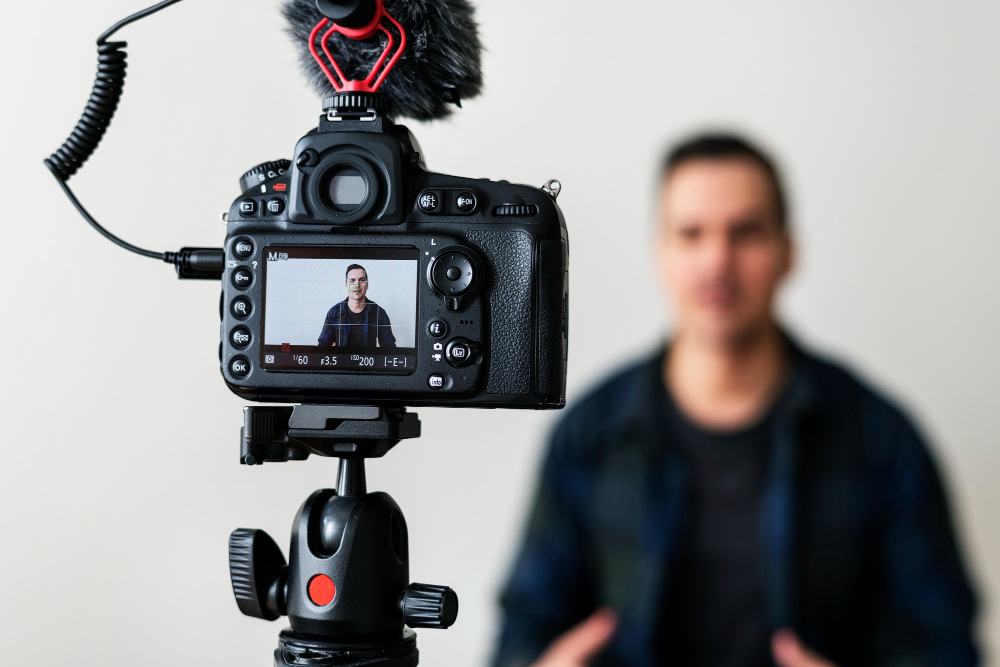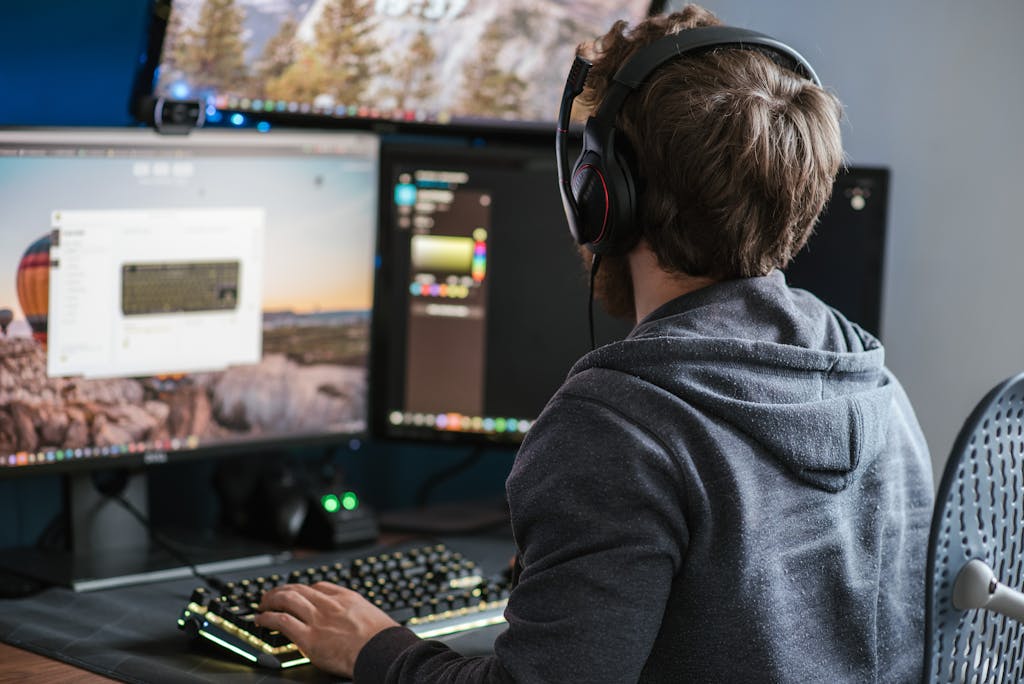Videos have taken the world of marketing to a whole new level. In fact, according to research, online videos have a reach of a whopping 92% worldwide! It wouldn’t have been possible without the video creators to make content for their audience. As such, making a clear and distinct brand identity has become crucial to start a successful YouTube channel.

Your brand identity sets you apart from other brands and helps you attract and retain subscribers. It’s also what helps establish credibility and trust with your audience.
Read on to explore the steps involved in building a great brand identity for your YouTube channel.
What Is Brand Identity?
Brand identity refers to the elements people use to represent their brand and distinguish themselves from other content creators. It includes assets like their logo, color scheme, font choices, tone of voice, and overall aesthetic.
Developing a great brand identity is ideal for YouTubers because it helps to establish their unique voice and personality and makes it easier for their audience to recognize and remember them. It also helps to differentiate the influencer from other content creators and can make them more attractive to potential sponsors and partnerships.
Why Is Branding Important for YouTube?
There are several reasons why a brand identity might come in handy for influencers. Some of them are
- Establishing a unique voice and personality: A strong brand identity helps influencers to stand out from the competition and have their unique voice and personality.
- Building a loyal following: Influencers with a clear and distinct brand identity are likely to get a loyal following of viewers.
- Attracting sponsors and partnerships: If you are a YouTuber in a small niche, brands in the same sector will come to sponsor your videos.
- Enhancing credibility: A well-developed brand identity can help influencers to establish themselves as trusted and credible source of information.
- Standing out in a crowded market: There are millions of channels on YouTube, and it can be difficult for influencers to differentiate themselves. A good brand identity can solve that issue.

Steps to Build a Cohesive Brand in 2023
Define Your Target Audience
The first step in defining your target audience is to identify the specific topic or area you will focus on in your content. Gather information based on your audience using analytical tools like Google Analytics or Youtube analytics.
Based on the information you have gathered, define your target audience in terms of specific demographics, interests, and behaviors. For example, you might target young adults who are interested in fashion and beauty or parents who are interested in parenting tips and tricks.
Develop a Brand Story
Developing a brand story for a YouTuber involves creating a narrative that reflects the influencer’s values, personality, and message and resonates with their target audience.
Use your values, message, and USP to create a rough outline of your brand story. It can include the key themes, characters, and plot points. Use it to write a detailed brand story that reflects the same. Once you have developed a strong brand story, make sure to incorporate it into your content and messaging. It can involve using your brand story as the basis for your content themes or incorporating elements into your social media posts and other marketing materials.
Create a Cohesive Visual Identity
Given below are the steps involved in making a visual identity for a Youtube channel:
- Invest in Brand Designing: With the help of your brand story, you can develop a color scheme, logo, and font specifically for your brand. It can be used everywhere, from digital to print media.
- Develop a consistent design aesthetic: Choose a design aesthetic that reflects your brand and that you will use consistently across all your marketing materials. It could include choosing a specific font or set of fonts, using a particular style of imagery or graphics, or adopting a layout or Youtube template.
- Create a channel banner and thumbnail template: Create a banner and thumbnail template that you can use consistently across all your videos. It helps your channel look professional and cohesive.
- Use consistent branding in all your videos: Use the same logo, color scheme, and design elements in all your videos to create a cohesive visual identity. You can also consider using branded intro and outro graphics or animation.
- Update your channel art and graphics regularly: Keep your channel art up-to-date to ensure that your visual identity stays fresh and relevant. Consider updating your channel assets whenever you make significant changes to your brand or your content.
Consistency is the key to etching your brand into your audience’s mind. One example is using the same beat or song as an intro. It will remind your audience of you when they listen to it without watching your videos too! You can use any online editing tools to make intro videos for YouTube without any hassle.
Engage With Your Audience
As a YouTuber, engaging with your audience to build a loyal following is important. Here are some ways you can engage with your audience:
- Respond to comments: Make an effort to respond to as many comments as possible, especially those asking questions or seeking feedback. It will show your viewers that you value their input and are interested in their thoughts and opinions.
- Ask for feedback: Regularly ask your audience for feedback on your content and the channel.
- Utilize your Community Page: Consider participating in community events or hosting events like meetups or fan gatherings. It is also a great way to connect with your audience in person and build a sense of community.
- Use social media: Use social media platforms like Twitter, Instagram, and Facebook to interact with your audience and promote your content.
Branding and marketing your YouTube channel may seem challenging, but it can be made simple with some planning. Many branding elements are created only once, while other assets can be done for each video. By effectively branding your channel, you can attract a consistent viewer base, benefiting monetization and content marketing goals.








